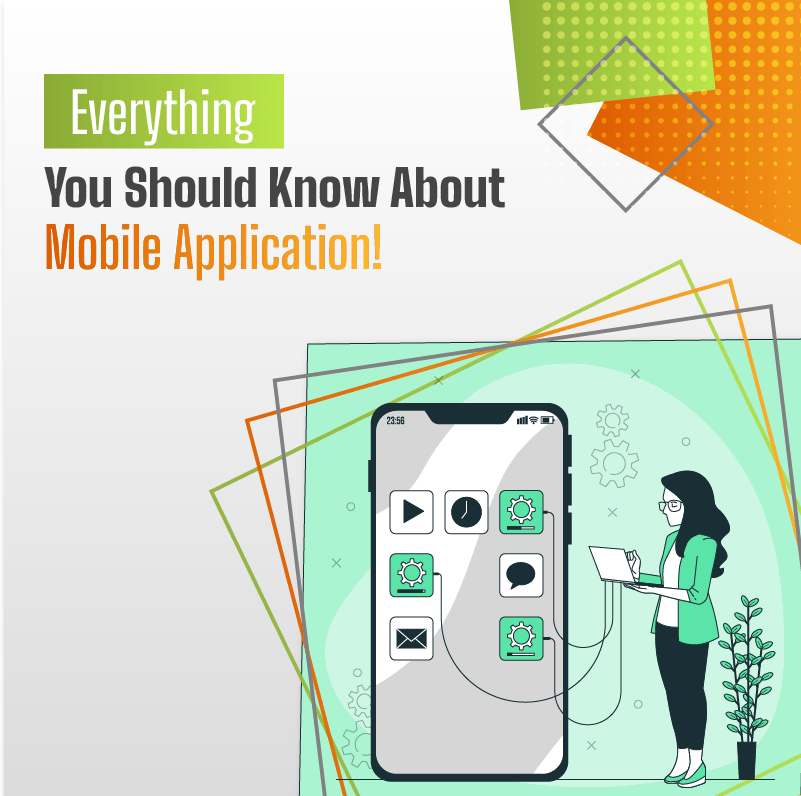Besides price, there are many things you should know for making your Mobile Application successful. Consider all the aspects, viewing your application holistically. Your approach should impart a better user experience so that your users are lured to interact with your apps.
Develop a good idea for your Mobile Application Development and make it a reality. With this end in mind, you need to know the following factors that are associated with your mobile application. These factors shall affect your functioning and operations.
1: Tech-stack
Even if you have some mobile app ideas, you need to reply to the following questions
- What acts do you want your mobile app to do?
- Where do the plans for marketing fit?
- Who are the people that constitute your target audience?
- What is the platform that you plan to use (Mobile)?
- What is the framework and computer language that you are going to use?
- What is your budget?
- Who are your competitors and whether they have apps, and what are the features?
- What is the timeline for accomplishing the development?
- In what manner or in which market will you promote your app?
- How do you intend your competitors to use your app?
2: Thorough Research
To make your mobile app different from others, do deep research to arrive at certain exclusive factors. These may be in respect of a unique algorithm, a thing of extra value, and a unique logo that could make you distinct.
Make simple research of the keywords for listing on Google or within the app stores. It is essential to identify your competitors in respect of your project and your location. The more you research, the better information you collect that ultimately helps you.
3: Planning and Targeting the Audience
You may change the price for downloading the app, or you may plan for monthly fees. Identifying your target audience is essential, and the costs that would suit them are potential. You can arrange to add features periodically to drive more audience. It would help if you decided whether to offer in-app purchases.
At the same time, plan out the extent of your reach and the people you intend to reach. The best plan will be to start with a local market, keeping the cost and time in view. Be realistic in your approach.
4: Workflow of Application
The workflow involves moving from one page to another. If the UI (User Interaction) is too complex, people won’t use the app. At the same time, if the features are too little and have less diversity, people will be reluctant to use them.
To achieve a well-leveraged UI, you may conceptualize the number of screens exhibited on the screen and how the screens will be linked together. It is here that the Cross-Platform Apps will be of help.
5: Intuitive Navigation
This is about getting to other pages on each of the pages. You should pay full attention to details for excellent intuitive navigation. It is better to have a pop-out menu. When you place the internal links, users can discover various features of your apps
Your app structure should be designed to make your audiences reach their destinations quickly without thinking about where to click next. You may also use icons in place of text-oriented navigation.
6: Color Scheme
The color display creates the first impression that lasts for a long time. Color combinations elicit definite emotional responses. You can get “Color Psychology” from Google and lot of articles on psychological impacts of color on human minds. Your users take away their needs from your color scheme, even without your knowledge.
A visually appealing app keeps your users engaged. Color schemes also help in branding because your users identify your brand from the colors you have exhibited earlier. Colors are more relatable to the mind.
7: Device Orientation
The orientation of your device can change the interaction of the user with your app. The orientation changes according to the application you use. There are some who like landscape view whereas others like portrait view.
The portrait view is crunching throughout the text and is hard to read.. This might affect the popularity or otherwise of your app that is not built with a responsive design.
8: Mobile-First Design
Creating a responsive design is technically known as “Mobile-First-Design.” Depending on the size of the screen, your website adjusts parts of it. A standard size screen has 480 pixels and is below. It is considered for tablets and not for the development of Android or iOS. The user’s inter-activeness increases on a tablet device.
With this bit of consideration, more users will download your app. Consequently, you get more money and recognition.
9: Prototype Your App
Once all aspects of the mobile app development are planned and incorporated, it is time to prototype your app. It is the replica of your app that will go into the market. You get the fluidity of what you have created in your own hands. You may reconsider certain parts to be installed. But the basic model of your great idea is in writing.
Before releasing it to the market, you can share your created app with coworkers, trusted friends, or family members to ascertain how they feel about your app. Allow them to test. If any specific feature is not standing out to their expectations, make the necessary modification and rectification to satisfy them.
10: Preparing for Launch
Prepare your marketing department ahead of launching your app. Keyword research is essential for Search Engine Optimization (SE0) and App Store Optimization (ASO). You get the help in this regard from your marketing department. Based on the keyword research, you can choose the app titles you send your app for distribution. A high-quality screenshot of your app and a promotional video will help in the demo.
Promoting your app on your website or social media with blogs and updates creates anticipation and interest.

